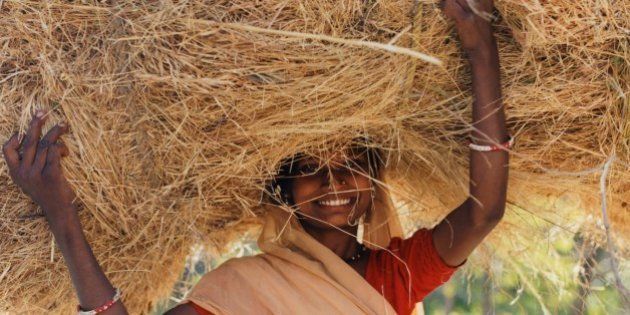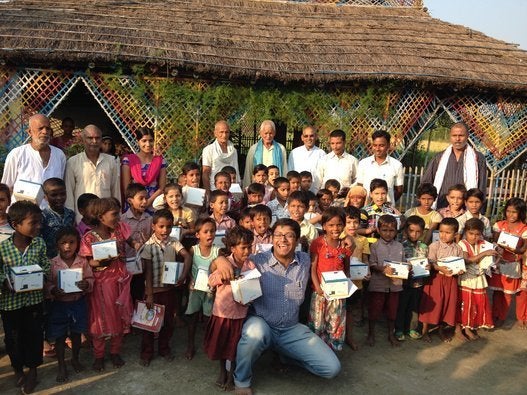
NEW DELHI -- India has doubled the number of women in ministerial positions in the past year from 9% to 22%, and climbed six spots to rank 108th among 145 countries, according this year's World Economic Forum report which assesses the gender gap between men and women.
The Global Gender Gap Report 2015 report attributes this climb to stronger political representation, and finds India to be the most improved in the region. But in terms of providing economic opportunities to women, India is at its lowest point since WEF started measuring gender gap in 2006.
"Economic Participation and Opportunity has declined due to a decrease in wage equality for similar work and less female labour force participation, placing the country third-lowest in the region," the report said.
In this region, Sri Lanka is ahead of its neighbours at 84 in the Global Gender Gap Index followed by China at 91, India at 108, Nepal at 110, and Pakistan at 144.
"The Index is designed to measure gender-based gaps in access to resources and opportunities in countries rather than the actual levels of the available resources and opportunities in those countries. We do this in order to make the Global Gender Gap Index independent from the countries’ levels of development." - Global Gender Gap Report 2015
The report ranks countries in four categories: Political Empowerment, Health and Survival, Educational Attainment, Economic Participation and Opportunity.
The report finds that more equal female representation in political bodies positively affects the participation of women in the workforce, and women in positions of power make better decisions than men.
"There is also some evidence from India to suggest that women in local government roles make decisions with better outcomes for communities than men do when charged with budget decisions.They obtain more resources for their constituencies despite having significantly lower education and relevant labor market experience." - Global Gender Gap Report 2015
While India has moved up in the political category, which improves its overall ranking, it is nearly at the bottom of the heap on the economic and health fronts.
In Economic Participation and Opportunity, India has slipped five places to 139 out of 145, with the gender gap wider in this category that it was ten years ago.
Among the BRICS (Brazil, Russia, India, China and South Africa) nations, the report said, South Africa has improved its labour force participation gap by 18%, Japan by 11%, while India has widened its gap by 7%.
"Out of the 29 countries that have provided data on the average minutes spent per day in unpaid work, Turkey has the third-largest difference between women and men, following Mexico and India." - Global Gender Gap Report 2015
In Health and Survival, India has slipped two places from 143 and 145. While forty countries have closed their gender gap in this category, Mali, Albania, India, Armenia and China are the lowest-ranked countries.
"The countries that have declined the furthest on the Health and Survival subindex are India, China and Albania. Since 2006, India and China have widened their gender gaps by around 2% and, today, the countries with the largest gender gaps in this subindex are, in fact, China, India and Albania." - Global Gender Gap Report 2015
In Educational Attainment, India has climbed one spot from 126 to 125.
The countries at the top of the Gender Gap Index are Iceland, Norway, Finland, Sweden and Ireland. The worst performing nations are Iran, Chad, Syria, Pakistan and Yemen.
The gender gap across all four categories closed by 4% since 2006, according to the report, and by 3% in the economic category, with little progress in wage equality and labor force parity since 2009-2010. "At the current rate, the economic gap will not close until 2033," the report said.
"The Asia and Pacific region has seen a gender gap increase of 1%—unsurprising, since large and populous economies such as India and China are the worst performers in this area." - Global Gender Gap Report 2015



Contact HuffPost India
Also on HuffPost:
